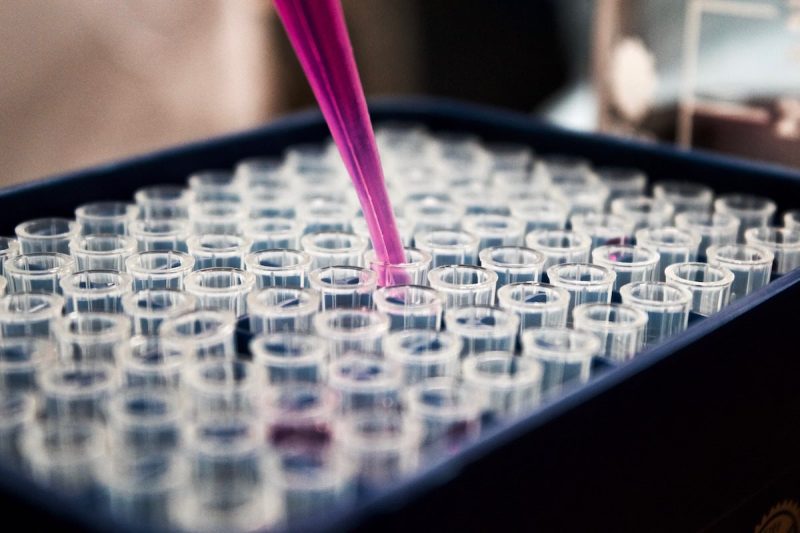“The fact that hype exists doesn't prove that something is not important.” – Vilayanur Ramachandran
This sentiment is the backdrop to Doomberg's latest deep-dive1 into the promising new development of a “cancer-killing pill” named AOH1996.
Originating from 20 years of development, AOH1996 is heralded as a drug capable of decimating solid tumors while leaving healthy cells intact. It focuses on a mutated protein variant named proliferating cell nuclear antigen (PCNA) which plays a pivotal role in DNA replication and tumor repair. As Doomberg points out, “Each year in the US alone, cancer is diagnosed in nearly two million people and claims approximately 600,000 lives.” The oncology drug market sits between $150-200 billion, making any breakthrough highly significant both medically and economically.
Yet, as Doomberg underscores, advances in cancer treatment are often subject to hyperbolic claims, with researchers likening minor progressions to magic elixirs. But AOH1996 presents unique facets that merit deeper scrutiny. Supported by renowned pharmaceutical blogger Derek Lowe's comments, initial data from AOH1996 tests in mice and dogs are promising. The compound not only passed toxicity screenings at dosages six times the effective level, but it also showed potential against 70 cancer cell lines. This broad efficacy suggests that the drug might counter a universal weakness shared by all cancers. Furthermore, AOH1996 could potentially enhance the effectiveness of existing chemotherapy drugs, suggesting the creation of potent drug combinations.
Applying Doomberg's five-question framework provides insights into the drug's potential:
1. Who is Involved?
The research was steered by the City of Hope Comprehensive Cancer Center in California, a respected institution. Recently, it was ranked as the eighth “Best Hospital” for cancer in the US, outpacing giants like Johns Hopkins and Stanford. This notable affiliation adds credibility to the findings.
2. Where Was it Published?
AOH1996's findings were published in the prestigious journal Cell Chemical Biology. This signifies that the research passed rigorous editorial and peer-review scrutiny. Doomberg observes, “To our reasonably well-trained eyes, this is a solid, appropriately referenced report that builds on decades of pre-existing research.”
3. Where Are We in the Scientific Process?
While AOH1996 has showcased significant anti-cancer activity in early stages, it’s pivotal to understand that the transition from initial results to a "cancer-killing magic bullet" is a major leap. Quoting the researchers, Doomberg notes, “We acknowledge that positive animal study results do not always translate into success in treating cancer patients. Future clinical studies are necessary to determine its efficacy for cancer treatment.”
4. What is the Scientific Context?
Highlighting the tough landscape of clinical trials, Doomberg points out that around 90% of drug candidates fail to gain approval. While AOH1996 has demonstrated potential, it's essential to approach its progression with grounded optimism.
5. What Can We Expect Next?
If Phase I clinical trials for AOH1996 yield positive results, Doomberg anticipates the drug's presentation at a prominent cancer conference and the initiation of a Phase II clinical trial.
Conclusion
In Doomberg's assessment, the research surrounding AOH1996 is empirically solid. The drug's targeted approach to PCNA, a long-suspected vulnerability in cancer cells, is undeniably thrilling. Whether AOH1996 will succeed in human studies remains to be seen. As Doomberg aptly concludes, “If it does, we should expect to hear a lot more about it soon enough.”
Footnotes:
1 Adapted from source: Doomberg. "Hold My Beer." Doomberg, 5 Aug. 2023, doomberg.substack.com/p/hold-my-beer?utm_source=post-email-title&publication_id=343139&post_id=135722416&isFreemail=false&utm_medium=email.
2 Photo by Louis Reed on Unsplash












